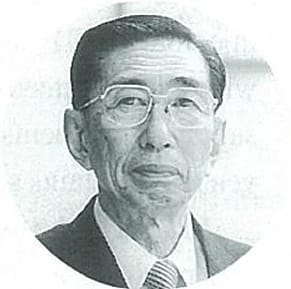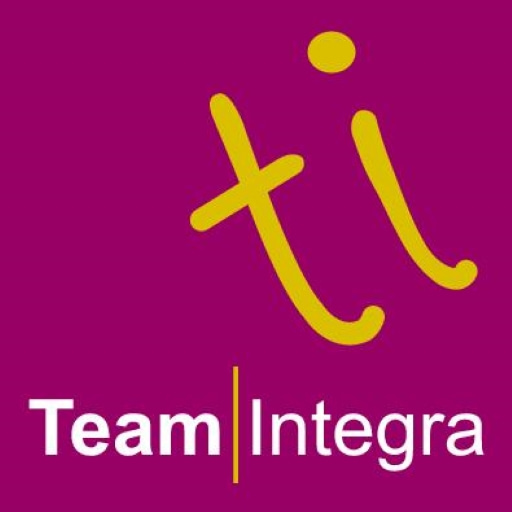Phase 1: Rapid Response and Initial Reset
Step 2: Survival, Kaizen and Speed


In the forgotten years between 1945 and 1965 Toyota and other Japanese motor manufacturers were fighting to survive. Scarce resources meant factories frequently stopped, leaving workers to beg farmers for manual work or barter parts they had made for food. This backdrop helped to forge a new, contrary, way of thinking with a new set of systems for motor manufacturing. In Toyota from these new systems and Ohno’s leadership emerged a people-centred, DIY, collective way of working and culture, “Ohno’s method”. Whilst in this blog post I will talk about “Ohno’s method” there are others that also greatly contributed. One of those was Masao Nemoto who alongside Ohno is believed to be one of the great people at Toyota. He led their successful Deming Prize initiative in 1965, developed TQC and is said to have developed the Nemoto “kaizen” flag. Beyond the techniques of TPS this collective, kaizen (survival) culture is their real lasting legacy. In their fundamental 2002 lean article Nakane and Hall note “the TPS working culture invests full faith and confidence in people doing direct work. It stimulates them to develop their capabilities to the fullest.” There are parallels to the current global pandemic with many organisations, industries and regions in survival mode needing to pull together and collectively support local experts with the real motivation to succeed. This local kaizen drives adaptability and real resilience. The TPS story points leadership to the distribution of responsibility not a retraction to a command and control, central hub.
It Starts at the Top Doesn’t it?

Platitude after platitude. “A successful lean transformation starts at the top”. If the organisation’s leader isn’t committed to lean or agile or TOC it will never succeed………How many times has this sentiment been stated over the last 20 to 30 years? In the past I have to admit I have fallen into the trap of blaming leaders or senior management because they weren’t committed or didn’t believe. I have got myself into a “doom loop” of defensive reasoning as Chris Argyris so elegantly describes it in his well known HBR article “Teaching Smart People How to Learn”. Leadership commitment cannot be the only reason why many organisations that have tried to emulate Toyota have failed, can it? I don’t think so. One thing that so many fail to see or understand when starting to learn from Toyota is the original context and how circumstances and predicaments can motivate a transformational change in thinking and approach. It is clear with the rise of the Japanese motor industry that it wasn’t just down to leadership alone.
TPS and Ohno’s Method – “the last fart of the ferret”

In post-war Japan the context, circumstances and hardship played a pivotal role in fundamentally changing the thinking about motor manufacturing and mass production. Survival is an incredibly strong motivator and stays long in the memory. In the 1990 BBC documentary “Nippon” Episode 5 “Taking on Detroit” Soichiro Honda, the founder of the Honda motor company when interviewed about how survival impacted him and Honda he said “we had to start from scratch again after the (second world) war and that’s what accounts for the strength of the Japanese motor industry today, that makes me not afraid of anything (apart from the wife - laughs loudly)”. In the same documentary Taiichi Ohno commented about the survival situation “In Japan we have an old saying “the last fart of the ferret”. When a ferret is cornered and about to die it will let out a terrible smell to repel it’s enemy and escape. Now that’s real nous. It’s the same with human beings when they are under so much pressure that they feel it’s a matter of life or death they will come up with all kinds on ingenuity”. Nakane and Hall in their 2002 article say that “when TPS was in the making Toyota was constantly near bankruptcy and was motivated by survival”. They say that “A collective survival mentality is important. To do what they have never done before, people need a genuine intrinsic conviction of the need for excellent work – motivation beyond mere profits and pay checks”. It is clear that at the heart of that building, resilience and accelerated learning was the TPS technique of kaizen.
A Change in Thinking and Self-Organisation are Fundamental

A genuine change in thinking and a real commitment to the development of natural work teams are the fundamentals that distinguish a genuinely successful lean transformation from a failed one. If management still want to “control” and don’t allow work teams to function autonomously then their attempts to change will only be skin deep. I believe that there are a number of reasons why Toyota and TPS have been both so successful and almost impossible to copy.
In her 1999 article “Leverage Points, Places to Intervene in a System”. Donella Meadows describes how different interventions can have a greater or lesser impact on a system. She explains how both a change in thinking and self-organisation can have a powerful impact on a system, with a change in thinking potentially having the greatest effect. When we compare that to the story of Toyota we can see real evidence for that hypothesis.
The remaining few reasons are elegantly explained by Chris Argyris in his 1994 Harvard Business Review article “Good Communication That Blocks Learning”. Chris Argyris explains how in many organisations’ management actively discourage employee responsibility and are too controlling. He instead describes three ways in which management should actively encourage employee responsibility;
- by supporting staff to fix their own problems,
- by not making promises that shouldn’t be kept and
- respecting staff by increasing and demanding their involvement in the organisation’s success.
They sound familiar don’t they?
Real kaizen is the Beating Heart of TPS

Through necessity and because of situational constraints, thinking and behaviour changed in Toyota. Driven and supported by “Ohno’s method” of collective, local kaizen a practical, people-centred approach began to flourish. This continuous, problem solving culture is distinct and not reliant on the wider TPS techniques. Nakane and Hall note that “if leaders merely “implement techniques” without fully developing people, their system has no heart”. In fact, they propose that the purpose of the majority of TPS techniques is simply to promote ever increasing levels of kaizen. As I noted in my previous blog post one aspect of Ohno’s method is a real understanding of “work-as-done”. This is key and underpins kaizen as Nakane and Hall back up by saying “Process visibility, seeing reality, is the primary way to see process problems and identify kaizen opportunities. To improve visibility, Ohno’s original students developed methods such as 5S and Kanban”. We can see then that with “Ohno’s method” all roads lead back to local, collective kaizen and mastery of both, curiosity and problem solving. The prize from growing and embedding “Ohno’s method” of ever increasing and sensitive kaizen is a cascaded system with a sustained culture of ingenuity, adaptability and resilience. That is surely something that is called for in today’s times.
Nakane and Hall 2002 ‘Ohno’s method: Creating a survival work culture’ Target magazine vol 18, no 1 http://www.ame.org/sites/default/files/target_articles/02-18-1-Ohnos_Method.pdf
Horsley, William and Buckley, Roger. 1990. Nippon: New Superpower - Japan Since 1945. London: BBC Books.
http://donellameadows.org/wp-content/userfiles/Leverage_Points.pdf
